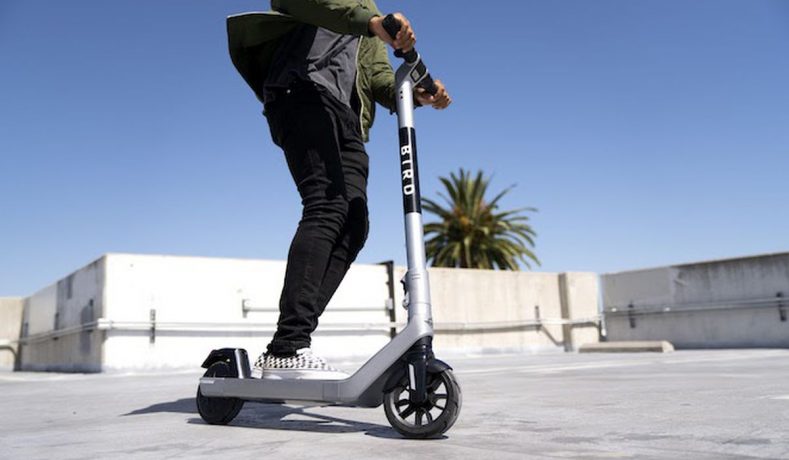E
In cities and on college campuses throughout the United Kingdom and Ireland, you will find shared electric e-scooters that are capable of traveling up to 15 miles per hour. Just like bike shares, you can find them on the street, use a smartphone app to unlock them, and leave them at your destination. However, all that convenience comes at a cost: an increase in emergency room visits related to scooter accidents.
If you are unfortunate enough to fall off an e-scooter, you will be hurt. Head injuries, fractures, and cuts are the most common injuries. Some of the injuries are actually quite severe. According to the American Academy of Pediatrics (AAP), children below 16 years of age, who are too young to have a driver’s license, shouldn’t ride on or operate motorized or e-scooters.
Scooter Types
Scooters are of different forms and are available either for hire or purchase. If e-scooters still have not reached your town or city, here is a brief overview on the different scooter types:
– Non-Motorized Scooters: Don’t have a motor. Human-powered scooters.
– Motorized Scooter: Two-wheeled vehicle that has a rechargeable battery
– E-Scooter: Dockless, two-wheeled vehicles offered for hire in various cities
Wear a Helmet – Always!
All scooters pose essentially the same if not greater risk of head injuries when compared with bikes. The best way to prevent serious head injuries is to wear a helmet, but usage levels are still low
According to a study conducted in 2017, parents were less likely to make their adolescent or child wear a helmet while they are riding a scooter compared to when riding a bike, with just 57 percent of parents saying that they would require their adolescent or child wear a helmet while riding a scooter.
According to Greenelectricscooters.ie children and adult riders who sign up on e-scooter hiring apps are asked to wear helmets, but they are not provided.
If you check social media feeds, it might seem like there’s nothing wrong with riding a scooter without a helmet. A 2018 study actually found that many Instagram photos of customers’ experiences with Bird, which is a popular e-scooter rental service, lacked protective gear such as helmets.
A 2019 study found that craniofacial injuries related to motorized scooters have tripled in the period from 2008 to 2017. The largest portion of the injuries (1/3) comprised of children between ages 6 and 12.
Currently, public awareness campaigns and prevention efforts are underway to reduce injuries. For instance, the city of Portland handed out free helmets to remind Oregon residents of the law requiring them.
All e-scooter riders are encouraged by the AAP to scoot safely and follow the safety rules below:
– Children below the age of 16 years aren’t allowed to ride on or operate motorized or e-scooters
– Don’t wear earbuds when riding and always be aware of your surroundings
– No texting while riding. Always use both hands when operating the scooter
– Start slow since the accelerator and braking tabs on handles take time to get used to
– Always wear protective gear such as knee and elbow pads along with reflective gear for night riding
– Wear closed-toe shoes and a helmet and. A helmet helps to prevent or reduce the severity it his/her of e-scooter injuries. An adult that falls off an e-scooter is just as likely as a child to hit his/her head.
– Use bike lanes if available. If unavailable, riders should always stay on the ride side of the road
– Avoid riding e-scooters on beach paths, sidewalks, or parks since they expose both riders and pedestrians to the risk of injury.
– Avoid operating an e-scooter while under the influence of drugs, alcohol, or even some prescription medications. Parents should strive to set an example for their children in that regard.
– E-scooters aren’t allowed on highways
E-Scooter Laws and Regulations
E-scooters are still so new that numerous cities are still trying to figure out how best they should be regulated. Some jurisdictions have a complete ban while others have come up with rules defining where they can and can’t be used.
Law enforcement officers may issue traffic violations to rule-breakers. A juvenile age 16 or over is treated as an adult when it comes to traffic offenses. However, when it comes to younger offenders, a court may require that a guardian or parent appear in person at court hearings and pay a fine.
If you live in a city with e-scooter rentals:
Ensure that you first understand how to safely operate an e-scooter before you ride it. Riding an e-scooter is not the same as riding a bike since they accelerate without pedaling. The center of gravity is also different in e-scooters and this takes time to get used to.
Know that minors can easily access e-scooters. For instance, most cities don’t have a way to verify the age of a user, which means that teenagers and children can sign up on an app even without parental consent. Always ensure that your children know and understand the rules as well as your expectations. If you have concerns, you can always check their phone.
Talk with college-aged children about the dangers associated with operating e-scooters while listening to music, texting, or while under the influence of alcohol.



Leave a comment